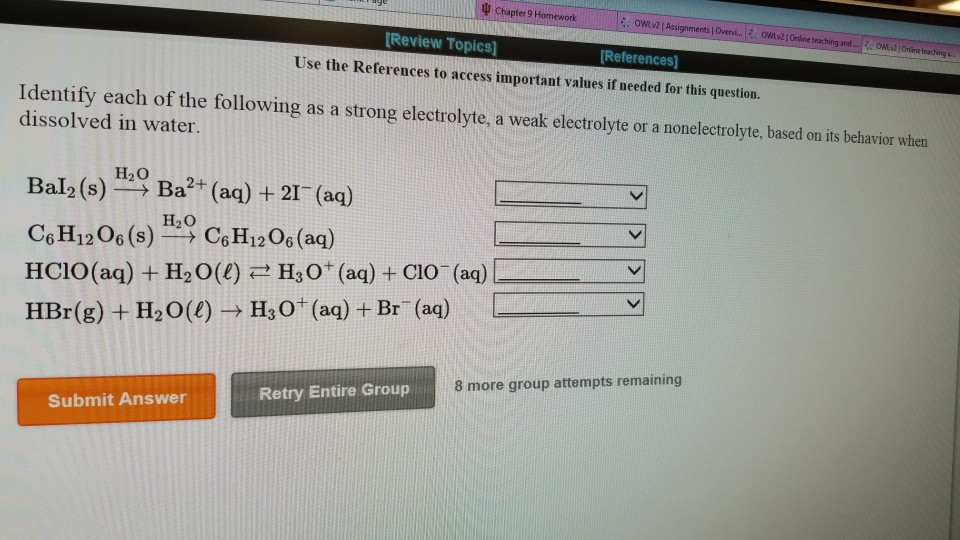- 9.1: Free Waves
- 9.2: Sound
- Sound can be used as a familiar illustration of waves. Because hearing is one of our most important senses, it is interesting to see how the physical properties of sound correspond to our perceptions of it. Hearing is the perception of sound, just as vision is the perception of visible light. But sound has important applications beyond hearing. Ultrasound, for example, is not heard but can be employed to form medical images and is also used in treatment.
- 9.3: Hearing
- Hearing is the perception of sound. (Perception is commonly defined to be awareness through the senses, a typically circular definition of higher-level processes in living organisms.) Normal human hearing encompasses frequencies from 20 to 20,000 Hz, an impressive range. Sounds below 20 Hz are called infrasound, whereas those above 20,000 Hz are ultrasound. Neither is perceived by the ear, although infrasound can sometimes be felt as vibrations.
- 9.4: Speed of Sound, Frequency, and Wavelength
- Sound, like all waves, travels at a certain speed and has the properties of frequency and wavelength. You can observe direct evidence of the speed of sound while watching a fireworks display. The flash of an explosion is seen well before its sound is heard, implying both that sound travels at a finite speed and that it is much slower than light. You can also directly sense the frequency of a sound. Perception of frequency is called pitch.
- 9.5: Sound Intensity and Sound Level
- Intensity is defined to be the power per unit area carried by a wave. Power is the rate at which energy is transferred by the wave.
- 9.6: Sound Interference and Resonance- Standing Waves in Air Columns
- Interference is the hallmark of waves, all of which exhibit constructive and destructive interference exactly analogous to that seen for water waves. In fact, one way to prove something “is a wave” is to observe interference effects. So, sound being a wave, we expect it to exhibit interference; we have already mentioned a few such effects, such as the beats from two similar notes played simultaneously.
- 9.7: Images by Reflection
- 9.8: Refraction
- 9.9: Wave Optics
- So far this book has discussed the interaction of light waves with matter, and its practical applications to optical devices like mirrors, but we have used the ray model of light almost exclusively. Hardly ever have we explicitly made use of the fact that light is an electromagnetic wave. We were able to get away with the simple ray model because the chunks of matter we were discussing, such as lenses and mirrors, were thousands of times larger than a wavelength of light.
- Chapter 9 Waves & Lightmr.'s Learning Websites
- Chapter 9 Waves & Lightmr.'s Learning Website Free
- Chapter 9 Waves & Lightmr.'s Learning Website Login

Chapter 9 Waves & Lightmr.'s Learning Websites
Details | Click here to study/print these flashcards. Create your own flash cards! Sign up here. Additional Science Flashcards |

Cards Return to Set Details
9.4-10.4-10.6-dampingandresonance-structuralsafety-vibrationsinaircrafts.pptx: File Size: 4452 kb: File Type: pptx. Title: Microsoft Word - Phys12 SM Ch9 Section9e3.doc Author: Eileen Jung Created Date: 2548Z. The wave theory of light answers one of the most crucial question in physics - the fundamental nature of light. Here, in the article we discuss various theories on the nature of. Mr.Panchbhaya's Learning Website: Chapter 4 - Application of Forces. Phys1141.pdf: File Size: 852 kb: File Type: pdf: Download File. Phys1142.pdf: File Size. Powered by Create your own unique website with customizable templates.
Chapter 9 Waves & Lightmr.'s Learning Website Free

Chapter 9 Waves & Lightmr.'s Learning Website Login
Term
| Definition
| ||
Term
| Definition
| ||
Term
| Definition
| ||
Term
| Definition
| ||
Term
| Definition
| ||
Term
| Definition
| ||
Term
| Definition
| ||
Term
| Definition
| ||
Term
| Definition
| ||
Term
| Definition
| ||
Term
| Definition
| ||
Term
| Definition
| ||
Term
| Definition
| ||
Term
| Definition
| ||
Term
| Definition
| ||
Term
| Definition
| ||
Term
| Definition
| ||
Term
| Definition
| ||
Term
| Definition
| ||
Term
| Definition
|
